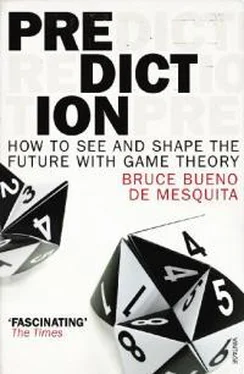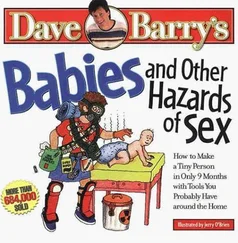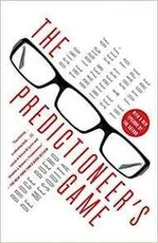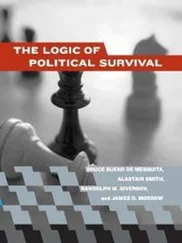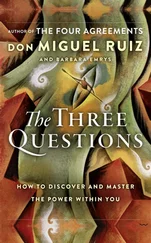The dashed line and the dotted line in figure 10.3 show the predicted positions of Zardari’s PPP and Sharif’s PML-N, respectively. After June 2008, their approach is projected to be little more than rhetorical opposition to the militants with almost no serious commitment to go after them. Talk about a balloon bursting. The air just pours out of the antimilitant effort. That puts responsibility for going after the militants squarely in the United States’ corner.
Throughout the remainder of his term, President Bush is adamant (but ineffective) in his commitment to persuade the Pakistani government to go after the hard-liners. After the summer of 2008 even he pretty much gives up on this strategy. Instead, my students found that the U.S. approach will shift ground. The United States’ two-pronged strategy of clandestine American pursuit and open Pakistani pursuit of militants will be replaced by a much greater emphasis on the (perhaps clandestine) use of the American military directly within Pakistan. Even that commitment, the student projections indicate, will collapse shortly after the American presidential election. The new president is not likely to do much of anything about the rise of terrorist influence within Pakistan at least through the end of 2009, when the student projection ends. It seems that after a new president is inaugurated—of course, we now know that the president is Barack Obama, but back in the spring of 2008, neither my students nor the model made assumptions about the American election—the war on terror will not be effectively focused within Pakistan.

We just had a brief sketch of the major findings regarding Pakistan. There is much more detail that could be discussed about how and why these results arise, but the more interesting question is “What is to be done?” Recall that my students also studied U.S. foreign aid to Pakistan and its likely impact on Pakistani policy. They estimated the current level of U.S. economic assistance to Pakistan in fiscal 2008 as $700 million. That was an approximation, but probably a reasonable one. (The true amount is surely a mix of public and secret information.) They then looked at how congressional and presidential support for that number would change over time, taking into account domestic pressures and the pressures within Pakistan. Here is what they found.
The analysis shows that substantial domestic political pressure is likely to push for cuts in American aid to Pakistan. President Bush and the Democratic Congress are predicted to move apart at least through the summer of 2008 (remember, the data are from January of that year). Indeed, by early summer, the projection was that the president would be pressing for Congress to increase annual aid to Pakistan from $700 million to around $900 million to $1 billion. Did he? Bush proposed shifting an additional $230 million in counterterrorism funds during the summer of 2008. The model predicted that Congress would hold the line on aid during that same period, and they did. Congress has complained in actuality about the amount of aid the United States is giving to Pakistan, but more on that in a moment. After the summer of 2008 the analysis reports that while the president continues to advocate greater aid than Congress supports, the two begin to converge slowly. Both conclude that aid just isn’t buying the policy compliance the U.S. government wants.
Put bluntly, American foreign aid is supposed to pay the Pakistani government to go after the militants. It is failing. Indeed, by June 2008 the public discussion coming out of Congress alleged that Pakistan was misusing U.S. aid funds. Money was being spent on items like air defense with Bush’s support even though al-Qaeda and its allies in Pakistan are not known to have any air capability. Air defense might be helpful for Pakistan against a threat from, say, India. So, while administration officials countered that the impact of aid on Pakistan’s antiterrorist efforts was being underestimated, Congress made the case that the money was being thrown down a rathole.
It is not hard to see that, as projected by my students’ analysis, President Obama will face real pressure to support less aid for Pakistan. My students worked through the implications of their assessment and they despaired. Their analysis convinced them that al-Qaeda and the Taliban were getting stronger and that U.S. reluctance to increase aid was more likely to reinforce that trend than reverse it. It was clear from their investigation that the United States cared deeply about getting Pakistan’s help in tracking down and neutralizing militants and terrorists operating within Pakistan’s borders. It was equally clear that Pakistan’s government leaders (the PPP, Sharif and his PML-N, and Musharraf’s backers in the military) wanted much more U.S. aid than they were receiving. They could see that the then current U.S. policy did not provide either a sufficient carrot or a painful enough stick to convince Pakistani leaders to put themselves at risk by going after the militants.
With these observations in hand, my students began to think about how they might go beyond predicting developments to trying to shape them (or at least simulate doing so). And so they initiated a search for a strategy that might get Pakistan’s leaders to make a more serious effort to rein in the militants. They looked at the possibility of trading aid dollars for policy concessions. Seeing that the Pakistanis want more money and the United States wants greater efforts to track down militants, they wondered whether an aid-for-pursuit deal might not improve the situation from the American and the Pakistani perspectives.
Using foreign aid to secure policy compliance is a time-honored use of such funds even if, at the assumed $700 million in economic aid, it did not seem to be working in Pakistan. Looking at their assessments, my students could see why Pakistan’s leaders were not aggressively pursuing militants despite the then U.S. aid program for Pakistan. They could see that the leadership (Musharraf, the PPP, and the PML-N) expected to take too much political heat from al-Qaeda and the Taliban for it to be in their interest at the prevailing foreign aid level. And so my students set out to analyze how that might change if the United States gave significantly more aid than their analysis indicated was going to be the case. Figures 10.4A and 10.4B show the same projections through the end of President Bush’s term, but then they diverge. Figure 10.4A continues to forecast the relative influence of the U.S. government and the militants in Pakistan through the end of 2009 if President Obama follows the foreign aid course pursued by the Bush administration. Figure 10.4B assumes that Obama follows the course recommended by my students (and also by his now vice president, Joseph Biden), equal essentially to doubling U.S. aid.
As is evident from the figures, continuing the current aid policy is a losing proposition. With 2008 aid levels, the United States maintains a small power advantage over the militants during Obama’s first year in office. That advantage virtually disappears by the start of 2010. The picture is entirely different if the United States and Pakistan strike a deal that trades dollars for aggressive pursuit of al-Qaeda and the Taliban. Rather than coming out of the chute looking to make a deal with the militants, the National Assembly leaders confront the Taliban and al-Qaeda. They impose heavy political and material costs on them and bear heavy costs in return. With the Pakistani government motivated by a doubling of aid dollars, the Obama administration increases U.S. clout in Pakistan at the direct expense of the militant groups (including al-Qaeda, the Taliban, and elements sympathetic to them within Pakistan’s intelligence service, the ISI). According to the model’s logic and evidence, we can fundamentally change the lay of the land in Pakistan, but to do so, we need to be responsive to the interest Zardari’s government has in getting its hands on more money. They won’t take the heat against the militants without it. No doubt some of that money will be stolen by corrupt officials, but that’s the point. They will want to continue the flow of dollars, and the only way they’ll succeed at that is by helping the United States against al-Qaeda and the Taliban.
Читать дальше
